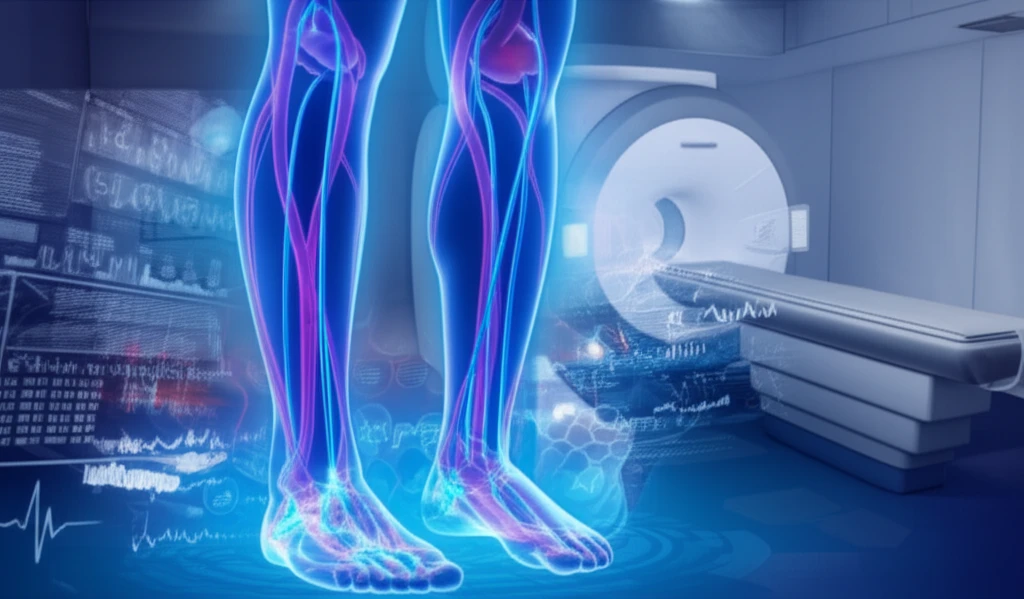
Cutting-Edge Imaging: Non-Contrast MRI Scans for Peripheral Artery Disease
"Discover how non-contrast MRI angiography at 3T offers a safe and accurate alternative for detecting peripheral artery disease, especially for those with kidney concerns."
Peripheral Artery Disease (PAD) affects millions, often requiring imaging to diagnose and manage the condition. Traditionally, Gadolinium-enhanced Magnetic Resonance Angiography (Gd-MRA) has been the standard, but it poses risks, especially for individuals with kidney issues. The accumulation of gadolinium in the brain is also a growing concern.
Fortunately, non-contrast MR angiography techniques are emerging as robust alternatives. These methods, including ECG-gated fast spin echo (ECG-FSE) and quiescent-interval single-shot (QISS), offer detailed visualization of blood vessels without the need for contrast agents. The technology continues to improve, providing better detection of slow-flowing blood and reducing motion artifacts.
Recent studies are focusing on enhancing the accuracy of these non-contrast methods by utilizing 3T MRI scanners, which offer a 2-fold increase in magnetization compared to 1.5T scanners. This article explores the diagnostic accuracy of two established non-contrast MR angiography protocols at 3T for evaluating lower extremity PAD, comparing them to Gd-MRA.
Non-Contrast MRI: A Safer Path to PAD Diagnosis

A study published in the Journal of Vascular and Interventional Radiology compared two non-contrast MR angiography protocols—QISS and QIR/ECG-FSE—against the traditional Gd-MRA at 3T. The research involved 20 patients with PAD, focusing on the accuracy of these methods in detecting and characterizing lower extremity arterial disease.
- QISS (Quiescent-Interval Single-Shot): Uses balanced steady-state free precession readout and time-of-flight effects to image arterial blood without image subtraction.
- QIR/ECG-FSE (Quadruple Inversion Recovery/Electrocardiogram-Gated Fast Spin Echo): Combines quadruple inversion recovery for the abdominopelvic region with ECG-gated fast spin echo for the extremities.
- Gd-MRA (Gadolinium-enhanced Magnetic Resonance Angiography): Traditional method using gadolinium-based contrast agents to enhance image quality.
The Future of PAD Imaging: Safe, Accurate, and Accessible
Non-contrast MR angiography techniques like QISS and QIR/ECG-FSE offer a promising alternative for diagnosing and managing PAD, especially for patients who cannot undergo gadolinium-based imaging. As technology advances and imaging times decrease, these methods are poised to become more widely adopted, ensuring safer and more accessible care for individuals at risk of peripheral artery disease.
